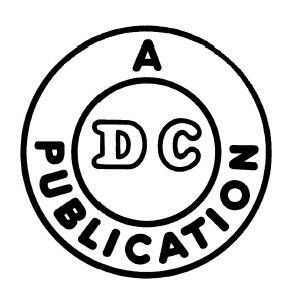
Let’s Get Graphic: Marvel versus DC
While they are by no means the only shops in town, the majority of comics in the market are published by Marvel Entertainment and DC Comics. The companies’ characters are some of the oldest and most widely recognized in the world. But each publisher has their own style — here’s a handy breakdown of the differences.
The Histories
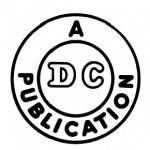
Marvel got their start in 1939 as Timely Publications, home of the Hitler-punching Captain America. Marvel as we know it today really took off in the early 1960s, with the creations of Stan Lee and Jack Kirby, such as the Fantastic Four, Spider-Man, and the Hulk.
The Heroes
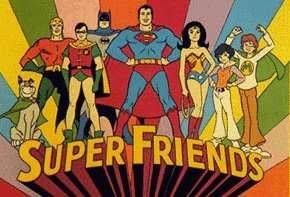
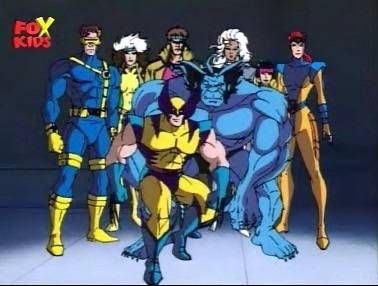
The Settings
The Marvel Universe is, or tries to be, grounded in our own world. The vast majority of locations are real world locations, with a lot of superheroes based in New York. There are exceptions, like Doctor Doom’s home country of Latveria and Black Panther’s kingdom, Wakanda. You’ve also got mythical locations like Asgard and the Nine Realms and Atlantis. But there’s always been a drive at Marvel to keep things relatable.
The DC Universe (or DCU for short) is where you’ll find an array of fictional cities. Metropolis and Gotham, home to Superman and Batman, are the most well-known, but you’ve also got the twin cities of Central City and Keystone City, as well Coast City, Opal City, and Star City (apparently they really like the word “city”). Since there are also references to real world cities (Wonder Woman has been based in Washington, D.C. and Boston), there have been many maps over the years that place DC’s cities alongside actual locations.
To save us all, I won’t get into the alternate universe structures.
Current Comics
In September of last year, DC completely relaunched and “rebooted” their entire line of comics, called the New 52. With a couple exceptions, it’s like they hit a giant reset button on everything, giving new and lapsed comic readers a chance to jump into comics without worrying about 70 years of continuity. They’re a year in, but it’s still a great time to grab a title and check it out. My personal favorites are Wonder Woman, The Flash, Swamp Thing and Animal Man (which go hand-in-hand), Batman, and Birds of Prey.
Over at Marvel, they’re on the verge of a similar initiative. It’s more of a restructuring than anything else, with the creative teams and the books’ directions changing up. Called Marvel NOW!, the initiative starts in November and slowly rolls throughout all of the titles. There’s a lot of buzz and excitement around this in the comics community, but I’m really not quite sure what to expect. As someone pointed out to me, if the New 52 is like launching a new iPhone, Marvel NOW! is like releasing a new iOS. But I’m hoping it’ll be a good opportunity to get into Marvel Comics if you’ve been liking what they do with their movies.
Speaking of the movies…
The Movies
Since you’ve got a better sense of who the heroes are, the movies should be easier to identify. But a good rule of thumb is if Stan Lee makes a cameo, it’s a Marvel movie.
Comic movies are bit different than book-to-movie adaptations. Instead of purchasing the rights to a book, studios buy a license to produce a movie (or more often, movies) about certain characters. Since DC Comics is owned by Time Warner, Warner Brothers Studios has all the movie rights for DC’s characters.
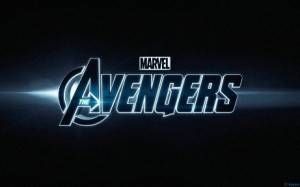
Just like with Macs and PCs, you’ll find comics fans that are fiercely loyal to a particular publisher. Lately, I find myself more of a Marvel Girl (I blame the X-Men books being so excellent these days). But clearly there are great stories and rich characters on both sides of the fence. With both companies working to gain new readers, it’s the perfect time to try both out and find out if you’re a Marvel or a DC.

















